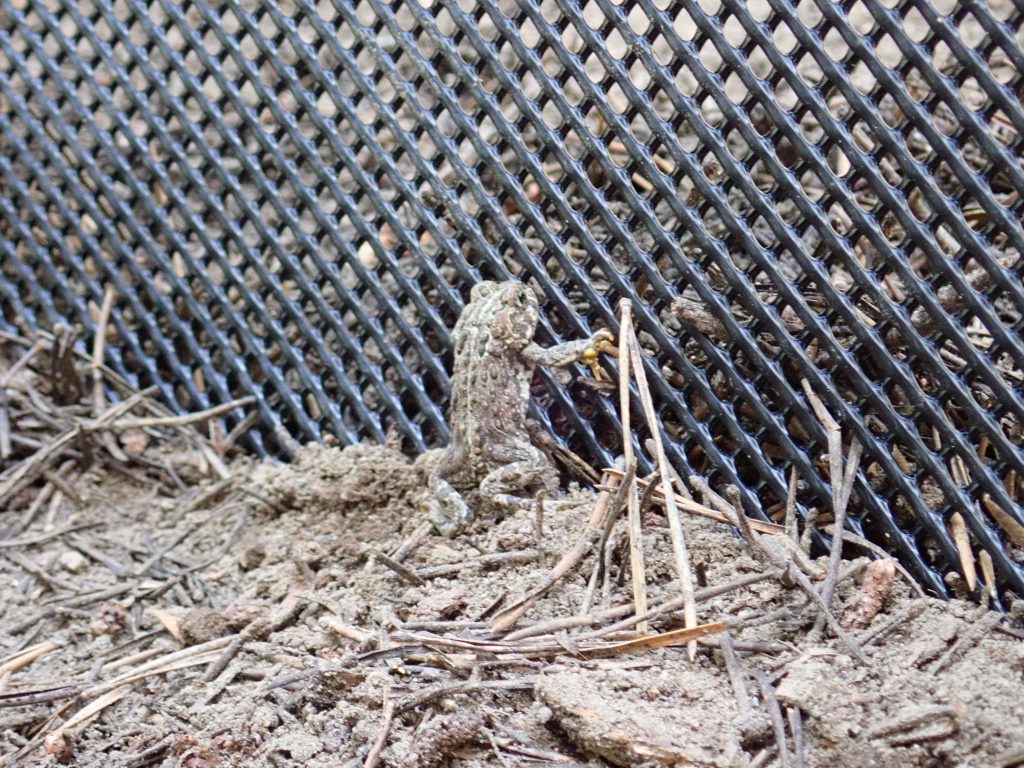Animal Crossing: New Research Guides Efforts to Protect California’s Amphibians and Reptiles from Road Danger

Companion video shows underground crossing structures in action Roads can be dangerous for California’s reptiles and amphibians, but a five-year study and new video show that there are effective strategies to help these animals cross roads safely. The California Department of Transportation (Caltrans) released the results of the study this week in a comprehensive, […]
